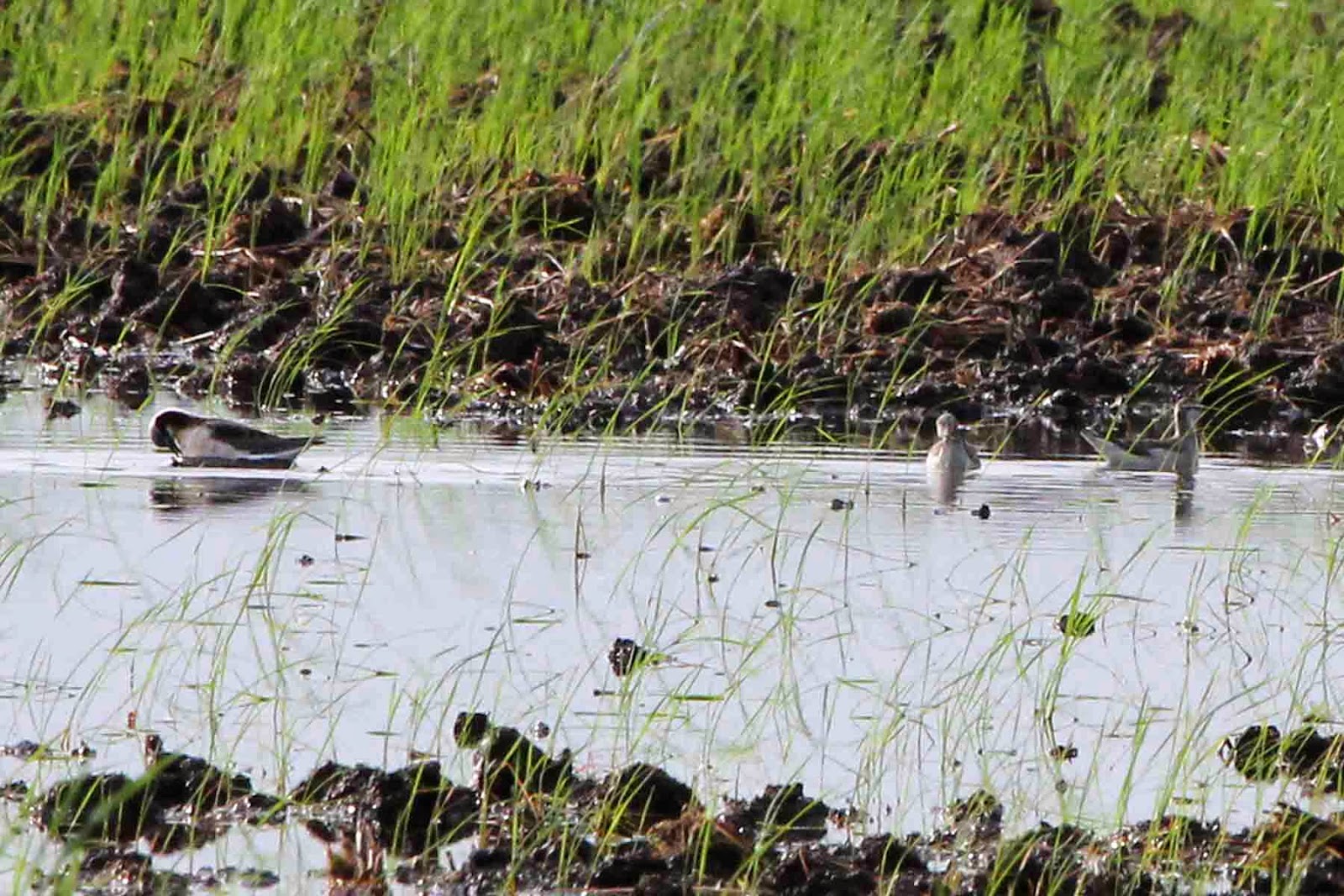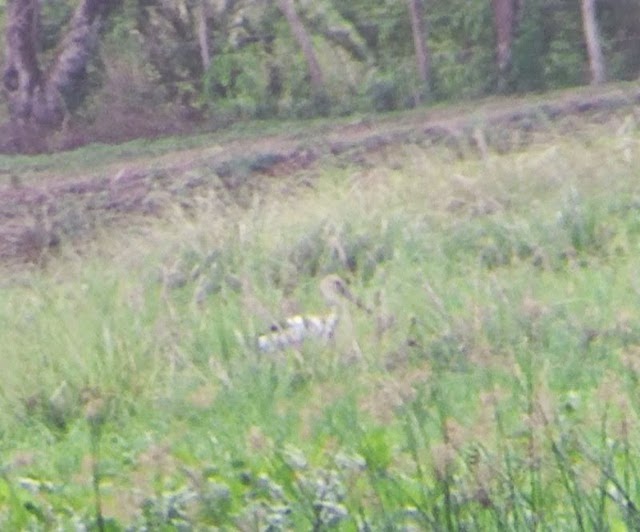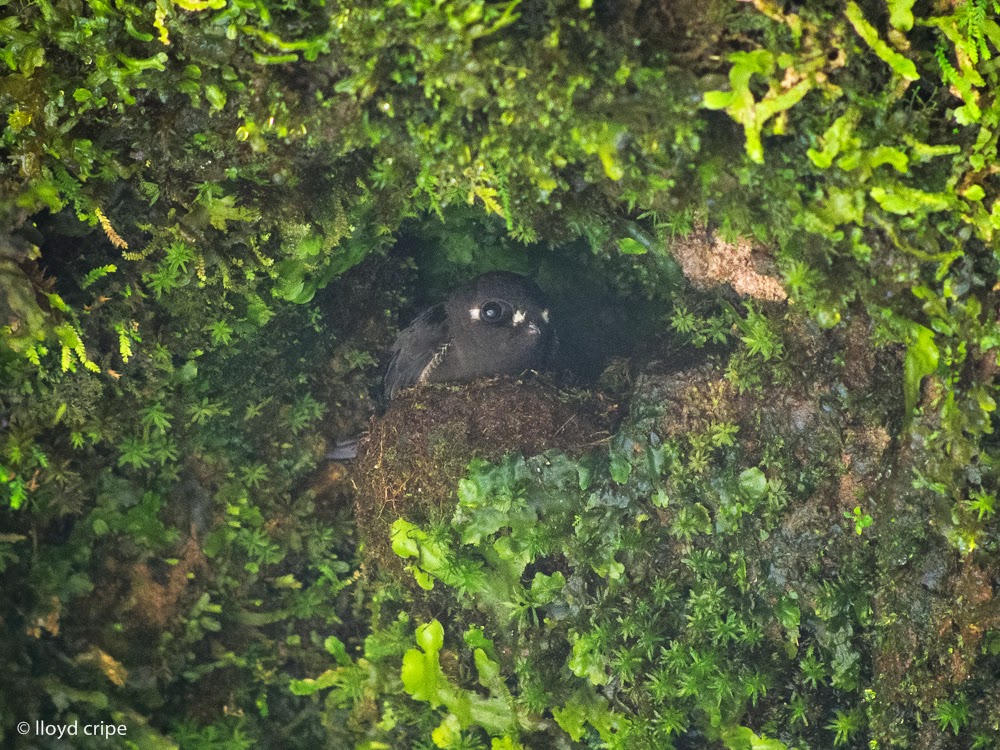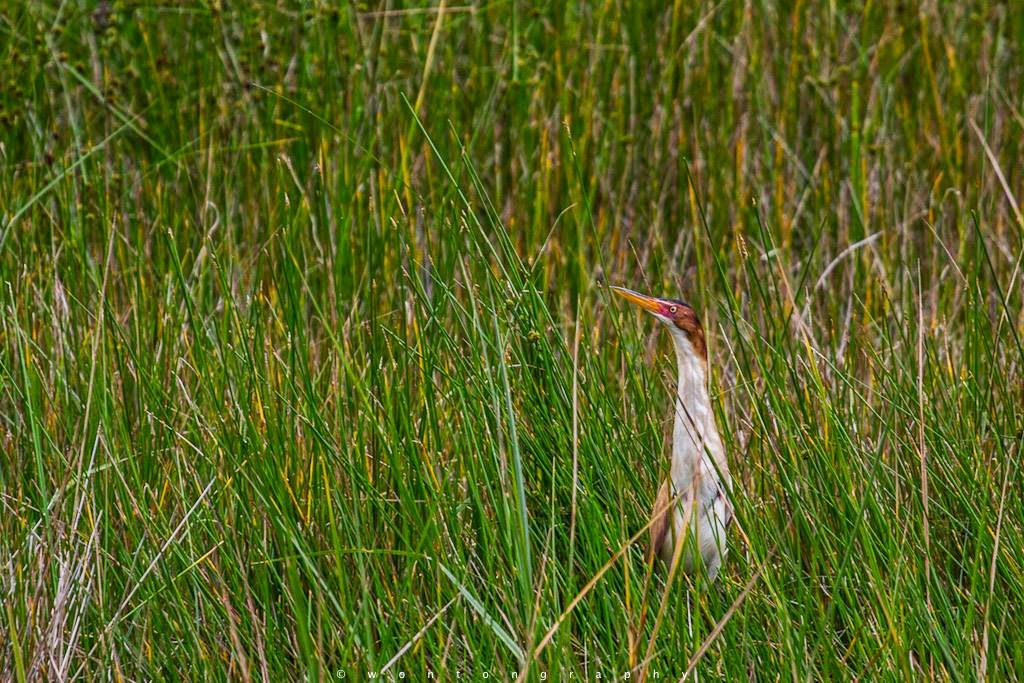Maguari Madness
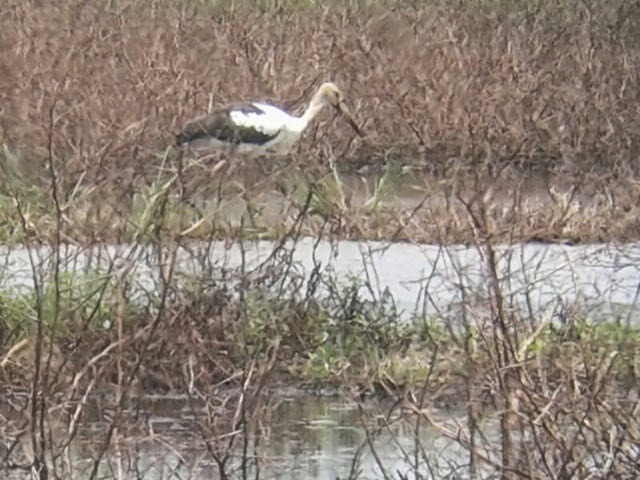
The Juan Hombrón Maguari Storks are still around. Even though we who went there early today didn't find them, the next batch of birders did: José Pérez, Jeannette and Rafael Lau, Claudia and Bill Ahrens, Natalia Sarco and third timer Venicio Wilson. The birds are now hanging out with the local Wood Stork crowd (like the Costa Rica bird ended up doing), so they should be easier to find now. Go! Now!

